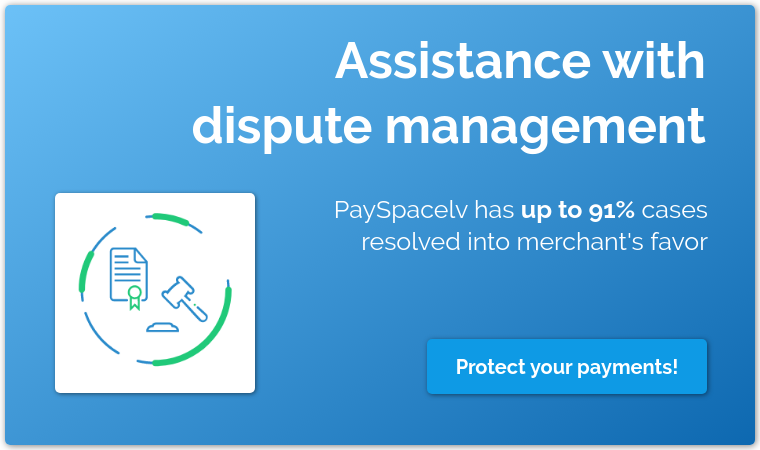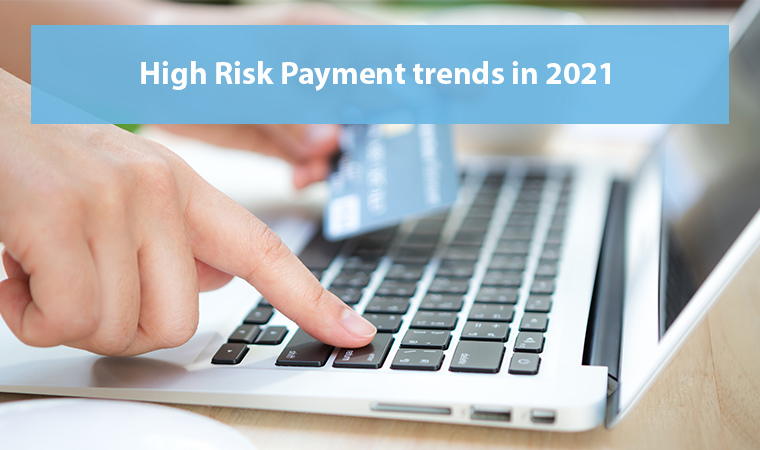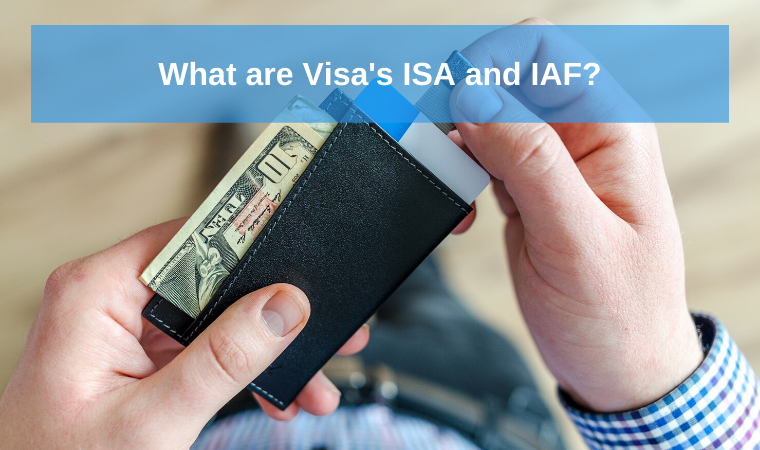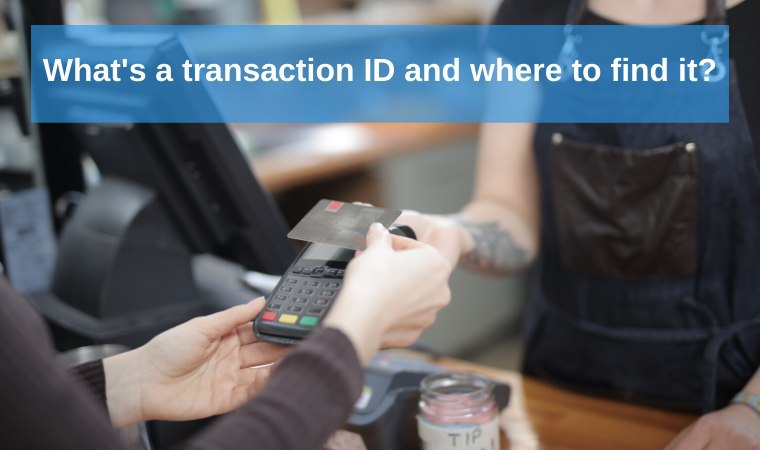How to prevent and resolve chargeback disputes
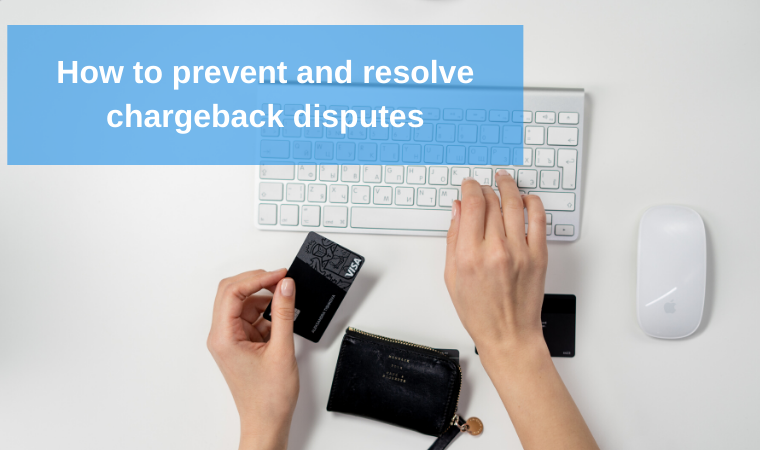
Despite your business size, chargebacks will always be one huge pain in the neck. From hurting your ROI to causing higher service fees, they can bring a lot of harm. Chargeback disputes are the evergreen battle merchants are trying to fight.
Friendly fraud may cost sellers approximately $25 billion per year. Merchants lost 5.4% of their revenue in 2018. And though this number may seem not notable, it all has its consequences. For instance, shoppers who file for chargebacks at least once will probably do it again. Why does this happen?
Thus, what used to be a friendly fraud (done by the lack of knowledge) turns into the real one. It ensues because merchants don’t fight back. And fraudsters aren’t afraid of filing for chargebacks over and over again. On the other hand, customers find it complicated to receive a refund.
With this in mind, we will discuss the dispute process, your rights, and some chargeback prevention measures.
Understanding the dispute procedure
Like any other process, a chargeback dispute is a procedure that involves different parties. Let’s take a closer look at them.
- The shopper. That is the party that initiates the process by sending the request.
- The merchant. That’s the party that sells goods or services. It can either avoid or accept the chargeback.
- The issuer. It’s the shopper’s bank that gets the request and investigates the case.
- The acquirer. It is the merchant’s bank that is in charge of making a payment on the seller’s behalf.
- The credit card brand. That stands for the institution that regulates the process.
At some point in time, all the parties begin to communicate. And this communication is seldomly beneficial for the merchants. Why is it so? It’s because 86% of chargeback disputes are friendly fraud. That means that consumers mix up chargeback with the refund, don’t see Refund Policy on the seller’s website, don’t want to waste time on arguments with the seller, etc.
Due to this, the chargeback process may look as follows.
1. The dispute.
As we’ve mentioned, the shopper decided to pass over the merchant. Indeed, the shopper proceeds directly to the issuing bank with the request. As you see, this leaves the merchants without a chance to resolve everything on the “seller-shopper” level.
2. The issuing bank receives the dispute.
In most cases, the issuer assigns the reason code to specify the chargeback type. Then, the issuer contacts the merchant’s bank to get a refund.
3. The acquiring bank debits the seller’s account.
The acquiring bank removes money from the seller’s account and temporary credits the shopper’s account.
4. The merchant receives a notification.
This often happens too late and leaves little time for the merchant to fight back. Moreover, the merchant receives a fine from the acquirer.
5. Representment.
If the presentment doesn’t go successfully, the merchant may face more losses.
Of course, it is a shortened scheme of what happens. The actions of acquiring and issuing banks take are broader and involve more sub-actions. Nevertheless, the list gives you an idea about how the process goes. So, you can get ready for how you will resolve the chargeback dispute.
Knowing your rights is the key to chargeback disputes resolve
If you know your rights, it’s much easier to assert them. So, when the acquirer reaches you and asks for more evidence and you start to get ready to the representment, you have the valuable knowledge. We recommend you take a look at the claims’ resolution guides of the two most widespread card brands – Visa and Mastercard.
There are a few rules you need to know.
- Shoppers have a certain period to file for the chargeback. The credit card brand will regulate this set of time. For instance, this specific time can start from the transaction date & time or from the time the issue was spotted.
- Some chargeback reason codes bind the customer to solve the problem with the merchant in the first place. So, the issuer will check this dispute, but it won’t cause the chargeback itself.
- One of the most important rules states the disputed amount mustn’t surpass the initial value. Check the following points: 1) The issuing bank files for the full order amount; 2) The issuing bank seeks for a partial reimbursement; 3) The issuer may also include the shipping & handling costs to the final chargeback amount.
- If the customer receives the order after the agreed period, one needs to try returning the item before filing for the chargeback. The issuer is in charge of checking this, yet it’s always a good idea to double-check.
- You don’t have to reimburse cashback transactions.
- The issuing bank has to wait 15 days after the customer returns the order. That gives you a gap to solve the issue, not involving the chargeback.
If you are aware of your rights, you can build more effective strategies. Moreover, you can cut off the cases that evidently harm your rights. On the one hand, knowing your rights is helpful. But we should not forget that this process is tough, and energy- and time-consuming.
On the other hand, you have a win-win opportunity when you partner with the payment service provider. It will not only help you accept and process payments but also protect you from chargebacks.
Prevention is another way of the chargeback disputes resolve
Disease prevention is better than receiving treatment. The same rule works for the chargebacks. You need to do your best to avoid even the tiniest chargeback hint.
1. On the website
Of course, you need to have the Return & Refund pages. And the shopping cart page is also what you undoubtedly have. But “just pages” are not enough.
- Give a clear payment description. Don’t try to hide any information about the order price and its partials.
- Make return, and the following refund process is easy for customers.
- Request strong passwords for customers who decide to create the accounts.
- Ensure the cancellations are hassle-free for consumers.
2. Shipping (Delivery)
Firstly, make sure you have a transparent and detailed payment page. Customers need to know where and how you ship and if you offer tracking numbers. Also, mention the delivery time and why it may take longer to deliver certain categories of goods.
- Make a lag between buying and a dispute.
- Monitor and know suspicious international addresses. Also, track where your customers usually ask to ship their purchases.
3. Customer service
Perhaps, customer support department is one of the most important parts here. These people will represent your company and try to solve customers’ problems. Their role in the chargebacks’ avoiding is enormous.
- Ensure the team answers promptly and politely to all consumers’ issues.
- Train your workers to notice possible fraud in the early stages (an unpredictably large bill, new delivery location, etc.).
- Make sure the CS representative can lead the customer through the whole refund procedure easily.
4. Payments/Technologies
This part is essential in terms of knowing your clients better and securing them and yourself. This part may require a little bit more effort.
- Of course, your website must have an SSL certificate to maintain a secure connection.
- When choosing the payment protocol, stick to 3D-Secure one. It enables an additional safety step to eliminate the stolen card use.
- Distribute effort to investigate the dispute reasons. It’ll help you develop policies or security protocols.
- Use anti-fraud software to detect and flag fraudulent activity (based on your parameters).
These precautions help you a solid base to lower the chargeback risk. Taking into account that the most chargeback cases are friendly fraud, you make it more attractive for consumers to negotiate with you in the first place.
Conclusions
Resolving chargeback disputes is not the easiest thing to do. The procedure takes time and might be tricky. That’s why taking preventive measures and knowing your rights is a significant thing.
Nevertheless, you are not alone in this battle. PaySpacelv is the payment processor that offers an effective chargeback prevention tools and helps with the chargeback dispute management.


